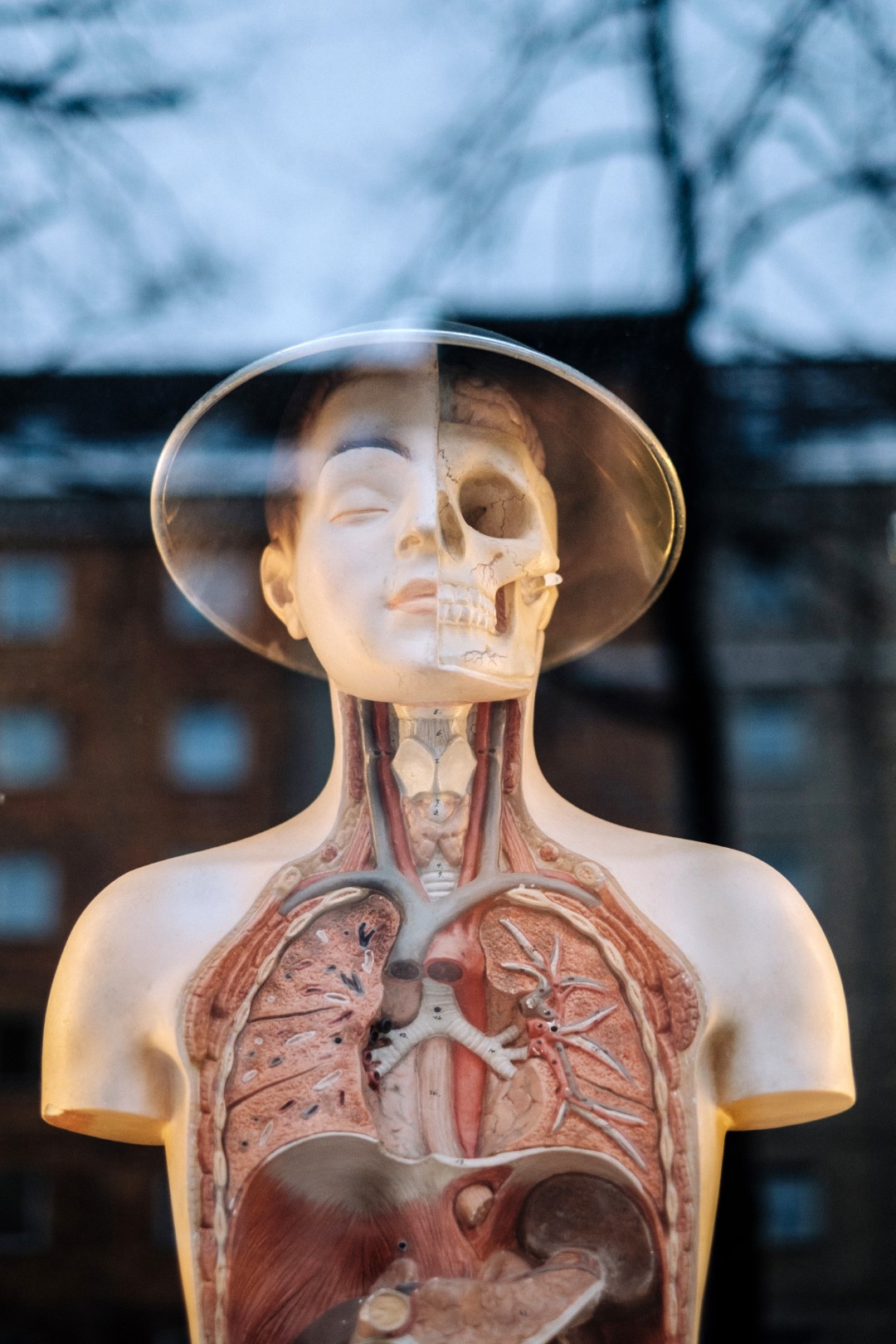Get Inside Your Character’s Body

Photo by Samuel Zeller on Unsplash
Body Details to Improve Your Story
Every emotion sets off physical responses in the body. You can use the details of these responses to enrich your story.
The next time a character has a response, think of their whole body from head to toe. What are their hands doing? How are they breathing? What is their body position? Use one of those responses in your story.
Many writers act out a scene to get a better feel for how characters feel. You may feel self-conscious the first time you try, but putting yourself in your characters’ roles and physically acting out a scene gives you details you wouldn’t think of typing on your computer.
Your Head-to-Toe Checklist
Each time you need to create action between characters give each character a body review. Here’s a list to help you go from top to bottom.
- Head
- Hair
- Scalp
- Brain
- Forehead
- Temples
- Eyebrows
- Eyelids
- Eyes
- Nose
- Cheeks
- Ears
- Lips
- Mouth
- Tongue
- Teeth
- Jaw
- Chin
- Face
- Neck
- Throat
- Voice
- Shoulders
- Torso
- Chest
- Heart
- Lungs
- Stomach
- Back
- Bottom
- Arms
- Hands
- Fingers
- Legs
- Feet
- Toes
- Skin
- Veins
- Muscles
- Bones
List source; Valerie Howard books.
The reactions you use for each character depends on the point of view (POV) in the scene. Your sleuth can’t know what’s going on internally – brain, stomach – but she can use her powers of observation to note other physical reactions.
Breathe Life Into Your Characters
Seasoned writers use this technique as they write. Beginning writers may focus on these bodily reactions during editing. In the speed of just getting it written you may write He nodded. During editing you have time to expand the physical reactions.
Two handbooks can help you work with these details:
- The Emotion Thesaurus: A Writer’s Guide To Character Expression by Angela Ackerman and Becca Publisi
. - 1,000 Character Reactions from Head to Toe by Valerie Howard.
Both books are available in both digital and print format. They are both great reference guides when writing character reactions. Add them to your library.
Realistic detail brings your characters alive for your readers. Use one or two examples for each reaction (don’t overload your reader) to keep them engaged, sympathetic, and turning pages.
Zara Altair



